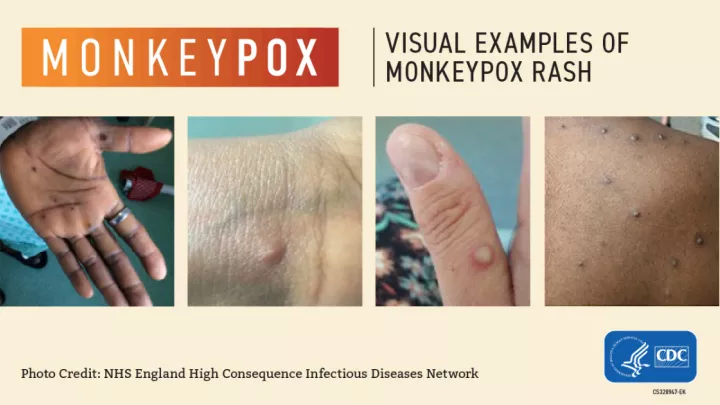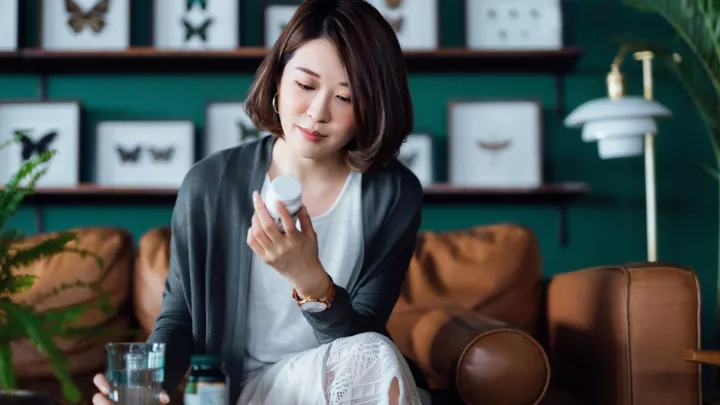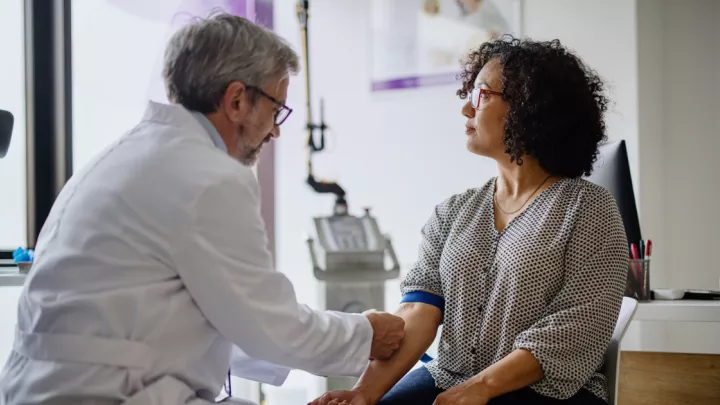Diagnosed with monkeypox? 7 ways to protect your skin from scarring

If you've been diagnosed with monkeypox, you may be concerned about many things, including potential scars left behind. Here we will address a few common questions about the rash and what you can do to reduce scarring while healing.
What does the monkeypox rash look like?
The monkeypox rash may first appear as sores over the genitals, anus or mouth. Other bump-like spots can start appearing elsewhere on the body. A person may only notice a few sores or just one.
At first, the sores may appear as tiny pus-filled bumps, but will grow larger with time. They can become firmer and may develop a divot or dot on the top. The pus inside may or may not be clear. The sores themselves go through four distinct stages before scabbing over. When the scabs have fallen off and a fresh layer of skin has formed, a person is no longer contagious.
What does the monkeypox rash feel like? Does it itch?
The symptoms and spread vary from person to person, and the bumps may or may not cause symptoms. Some people describe the sores as itchy or uncommonly painful. If scratched or picked, the rash can spread to other areas.
"Symptoms can start within three weeks of contact with monkeypox virus. Flu-like symptoms can be absent or happen before, or sometimes after, the rash appears," says Jennifer Adams, MD, board-certified dermatologist. "Once the rash pops up, it's usually two to four weeks until all spots heal up."
Will monkeypox leave scars? Are they permanent?
Most monkeypox lesions will not leave a scar behind, but it is possible to have scarring and discoloration. Similar to chickenpox, many lesions may fade over time. But if lesions are picked at, scratched or otherwise messed with, they can leave different types of permanent scars behind.
7 ways to protect your skin from scarring
Practicing good wound care is the best place to start. You can do several things to help minimize the risk of scarring during the healing process.
- Avoid scratching, rubbing, picking or scrubbing lesions. The risk for spread and potential scarring is higher the more this happens.
- Keep the affected areas clean. When washing, use a gentle, fragrance-free soap to avoid more irritation.
- Wash your hands thoroughly after contact with the affected areas.
- Apply a thin layer of ointment (such as Aquaphor or Vaseline) over the affected areas and keep them covered at all times. Using ointment will soothe the rash, promote healing and reduce the spread. Change the bandages or coverings regularly.
- Do not apply irritating topical products to the rash, such as products containing exfoliating ingredients or acids.
- Ask your doctor if they recommend using an anti-bacterial wash in the shower a few times per week to help prevent a bacterial infection.
- After the lesions have healed, use daily sun protection with an SPF of at least 30 to reduce the chances of skin darkening.
See one of our board-certified dermatologists for guidance if you're concerned about scarring or looking for ways to treat scars after healing. There are treatment options that may help. To make an appointment, call 800.922.0000.







